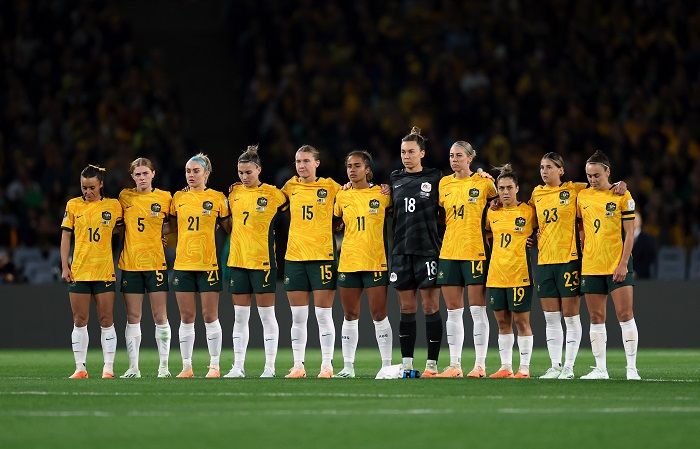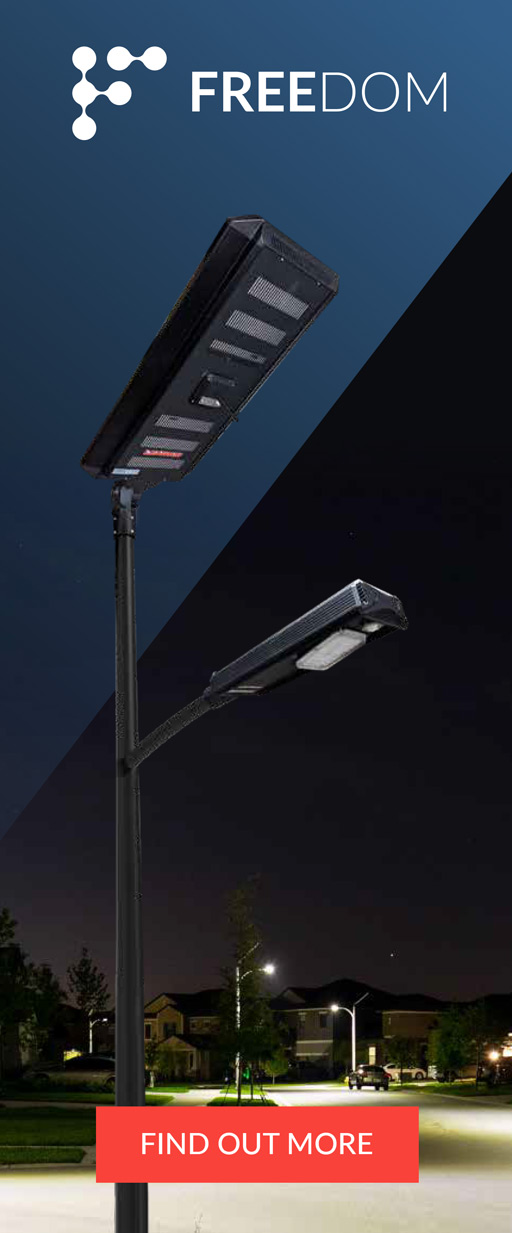Don’t blame Tony Gustavsson: Could female friendly infrastructure have saved the Matildas?
Tony Gustavsson’s tenure as coach of the Matilda’s came to an abrupt end at the Paris Olympics after the Australian Women’s Football team was bundled out in the group stage. It was a disappointing end to the Matilda’s Olympic dream and Football Australia’s decision not to renew Gustavsson’s contract made it clear who they thought was responsible.
Job security is not one of the perks of a professional football coach, but is it really fair to blame Tony?
Might we all be better off, if everyone instead focused on bridging the gender gap and lifting participation rates for women in all sports?
After the Matildas’ fourth-place finish at the World Cup in 2023, excitement levels were at fever pitch. For one brief moment the media proclaimed a new era in women’s sport as girls (and boys) across the nation proudly donned their green and gold Matilda’s jerseys. A year on however, even after such an unprecedented explosion in popularity, female participation in outdoor affiliated football is still languishing.

Football Australia’s 2023 Participation Report, released after the FIFA World Cup noted that the female participation rate was just 23%, with five times as many males playing the beautiful game as females.
An Inquiry conducted by the Victorian Government found that “female participation rates in sport and active recreation remain lower than males”.
“This is Australia… and you’ve got one in three young women saying they’re afraid to be out in public spaces after dark … and as a result they’re curbing their behaviour”
Shining more light on the problem, Plan International’s Right to the Night report noted that Australian women and gender diverse people are marginalised in our society at night time (including in sport). “This is Australia… and you’ve got one in three young women saying they’re afraid to be out in public spaces after dark … and as a result they’re curbing their behaviour,” said Susanne Legena, CEO of Plan International Australia.
Plan International Australia’s findings are reflected in The Australian Bureau of Statistics data on sport participation. While participation rates for women are higher in predominantly day-time and indoor activities like bush walking, cross-country running and aerobics, they are significantly lower in sports like football, hockey, athletics, softball and cricket. It is no coincidence that these sports are typically the ones that require training or playing outdoors at night.
Female friendly infrastructure on the agenda
Fortunately, awareness of the problem is growing. Following the 2023 FIFA World Cup, the Australian Government pledged $200million to women’s sport with the Play Our Way program. This program aims to address the issue of gender inequality in sport, with the Minister for Sport, Anika Wells saying, “The Matildas have changed sport forever and our $200million program will help the next generation of female athletes enjoy safer sporting facilities.”
Following the Federal Government’s announcement, the Victorian Government coined the term Female Friendly Sport Infrastructure for their sport facility upgrade grant, and the New South Wales government launched their Female Friendly Community Sport Facilities and Lighting Upgrades Grant Program.
The link between female participation in sport and lighting (including car park lighting, park lighting and pathway lighting)
Significantly, the upgrades that Governments are prioritising are not for the obvious things that immediately come to mind like better playing equipment, sports fields, courts and playing areas.
The upgrades now being prioritised have a strong focus on personal safety and include improvements like new or upgraded lighting around sport facilities to increase safety for women and girls. This includes connectivity pathway lighting between fields and clubhouses, car park lighting and park lighting in open areas adjacent to sporting facilities.
Could outdoor pathway lights have saved Tony Gustavsson?
It might be a bit of a stretch to suggest that early investment in car park lighting, park lighting and pathway lighting at community sport facilities around Australia could have saved Tony Gustavsson and the Matildas. What’s not in doubt is that more female friendly infrastructure including lighting upgrades will help to bridge the gender gap, increase female participation and, ultimately success (and safety) for women in sport at all levels.

